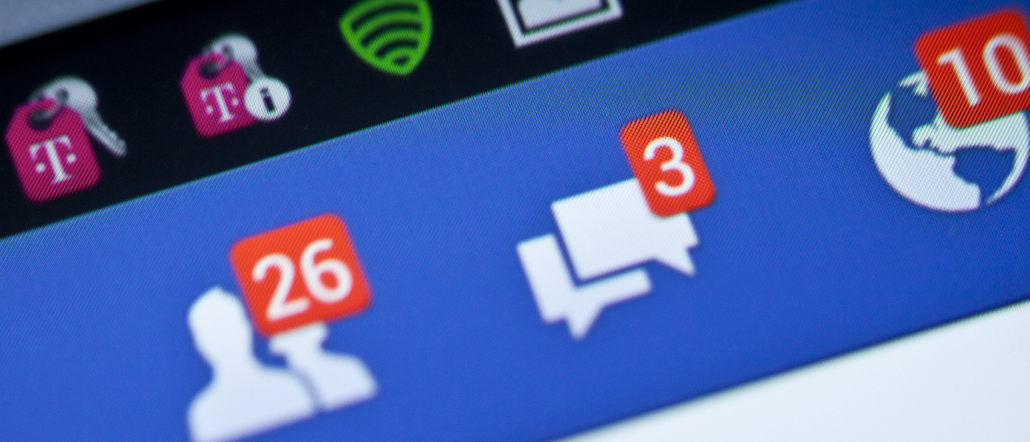
If you listen to media commentators, Facebook’s move to publish articles directly on its platform is a fateful choice.
Yet in talking to publishers, there’s not as much hand-wringing as you’d expect. In fact, top publishers not in the initial handpicked group of prestige publishers in the launch of Facebook Instant Articles product last week are putting aside any reservations they might have had, determined not to be left behind.
“Obviously our brands will be in there, it’s just a matter of time,” said Troy Young, president of Hearst Magazines Digital Media. Hearst’s flagship Cosmopolitan will likely take the lead, as it has with other digital forays.
Hearst isn’t alone. Time Inc., CNN and other top publishers are expected to start posting their content directly to the platform themselves in the coming months, executives said.
“What’s important and good in the industry now is that you have big platform players that see the importance of premium content and want more of it,” said Bob Sauerberg, president of Condé Nast, which is “interested” in participation. “They’re thinking about business models and how to make a better reading experience. Facebook’s a big partner of ours, and we’d like it to be a bigger one.”
Facebook was vague about its roll-out plan but said it plans to work with the initial nine publishers to get feedback and make improvements with a goal of bringing on additional ones “in the coming months.”
Given the first-mover advantage, there’s a sense of urgency for other publishers to catch up, said Vivian Schiller, the former NPR and NBC News executive who most recently was head of news at Twitter. “I can’t imagine there’s any news publisher that’s not reaching out to or in conversations with Facebook,” she said. “How can you not?”
There was (and continues to be) a fair amount of angst about the Instant Articles product among publishers. They worried about Facebook’s growing power over how journalism is distributed and seen.
But Facebook made some key concessions. Instant Articles keep readers within Facebook, which means publishers lose the opportunity to offer them other content and services on their own sites. But the clicks on Instant Articles count toward the publisher’s site traffic (as tracked by comScore). When readers share Instant Articles with friends, the link that gets shared goes to the publisher’s site. So it behooves publishers using the tool to consider how to make their articles as shareworthy as possible.
Facebook is also letting publishers keep 100 percent of the revenue when they sell ads themselves on Instant Articles and giving them data on their readers.
The terms have elicited relief and praise from some publishers. “Every publisher I’ve spoken with is impressed with the product,” gushed Bryan Goldberg, founder of Bustle. “For nearly six months, the entire publishing community has been holding their collective breath about this, and the final result couldn’t have been better. It just looks awesome. The revenue dynamics are the real key, though. The business half of this will make it all possible.”
In letting publishers share in the ad revenue, the Facebook product goes beyond basic syndication relationships, Hearst’s Young said. “As publisher content lives in many distribution environments, the great news of how we discover content is, revenue is moving the content.”
The initial nine publishers using the product — including The New York Times, NBC News and BuzzFeed — have sizable enough audiences to sell advertising against their Instant Articles. For smaller publishers, their incentive is getting better presentation for their content and audience exposure through the product, with its fast load time and slick presentation. “This is going to be a much better experience than the news feed,” Schiller said. “That’s going to create a better user experience.”
Still, some warn that publishers are making an error in turning their content over to Facebook.
One publisher who’s sitting this experiment out is Brian Fitzgerald, co-founder and president of Evolve Media. His business model depends on preserving direct traffic to Evolve’s enthusiast sites, which he said accounts for 35 percent to 40 percent of their audience.
“The danger of all these big platform plays is, they open it up, they encourage you to put your content on their platform, they aggregate the audience, but at the end of the day, they’re building loyalty and engagement for your content on their platform,” he said. “It’s extremely difficult to pull people off YouTube. The more publishers put content on Facebook, the less they will depend on any one particular publisher.”
Photo courtesy of Shutterstock.
More in Media

WTF is behind the explosion of faceless creators?
Brands are rapidly increasing their spending on faceless creators, showing the unique benefits of working with this type of influencer.

In Graphic Detail: As ‘Grow a Garden’ booms, a new report shows the marketing power of Roblox
The explosive growth of “Grow a Garden” has brought new attention to Roblox — and rejuvenated marketers’ interest in its advertising power.

Brand deals surge for golf creators as the sport’s popularity spikes
Golf is booming, and so is influencer marketing. As a result, golf creators are signing an unprecedented number of brand deals in 2025.





